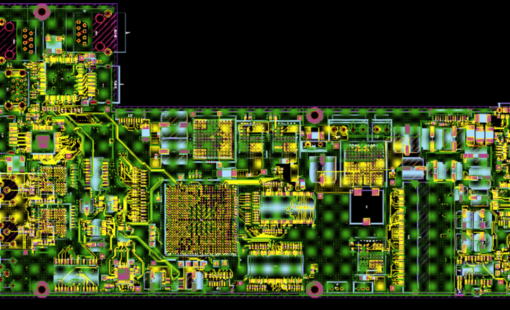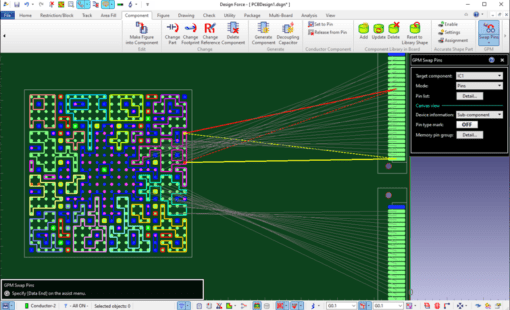
- Blog
What do you do if your next project is high speed, with exceptionally stringent EMI requirements, and has to be complete in less time than you’ve ever developed a product before? When the Ontec team found themselves facing that predicament, they turned to Zuken. Why?

- Blog
CR-8000 2020 is Zuken’s flagship PCB design platform, and I’m pleased to share some of the most exciting details of the new product release with you. But before we get into the new product release discussion, you may be wondering why we call it a platform and not a tool. CR-8000 2020 has all the bells and whistles for electronic subsystem development.

- Blog
In part 1 of this blog we took a back-to-basics approach and discussed line impedance and its effects in signal integrity. As every electrical conductor comprises capacitance, an inductance, and a frequency-dependent ohmic resistance, and with increasing frequencies, these electrical characteristics will influence and distort the signal.

- Blog
Impedance and impedance control are some of the oldest and most discussed topics in PCB design. They are especially important in high-speed design related to signal integrity. In this, the first of a two-part blog, we’ll go back to the basics of impedance/impedance control and consider what influences line impedance. In part two, we’ll set about controlling it.

- Blog
I don’t think I’m generalizing when I say that designers working on complex high speed designs really don’t want to expend a lot of time and effort dealing with power integrity problems. And they especially don’t want to do it using tools that are detached from their design flow. In today’s complex PCBs, we’re talking advanced processors, complex FPGAs and superfast memories, which all share various voltage ranges.